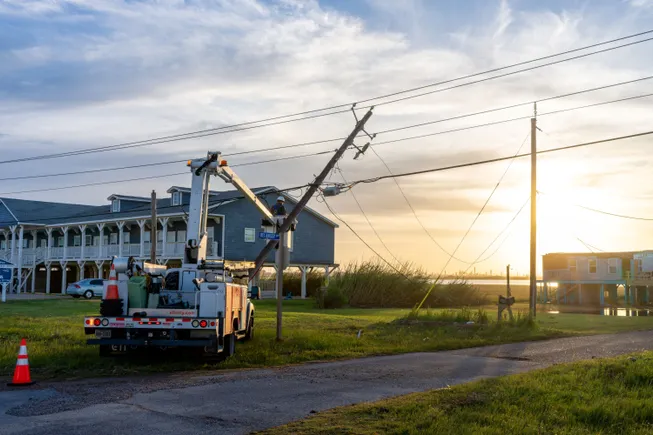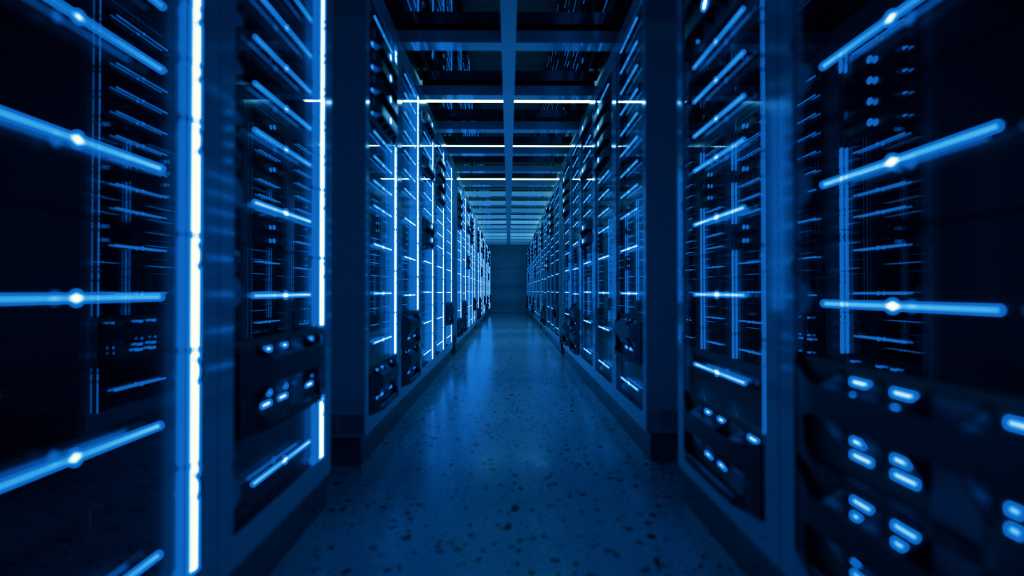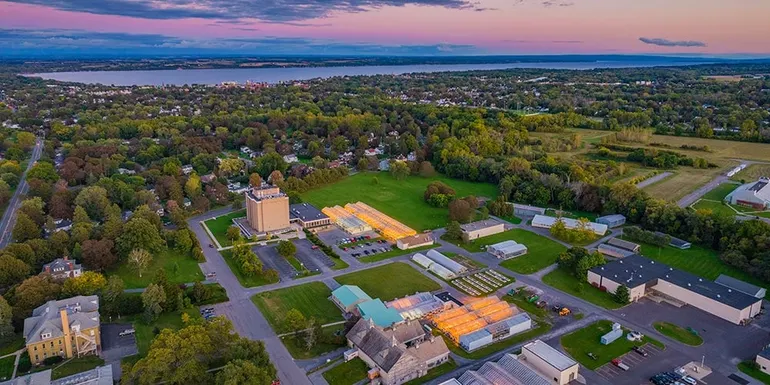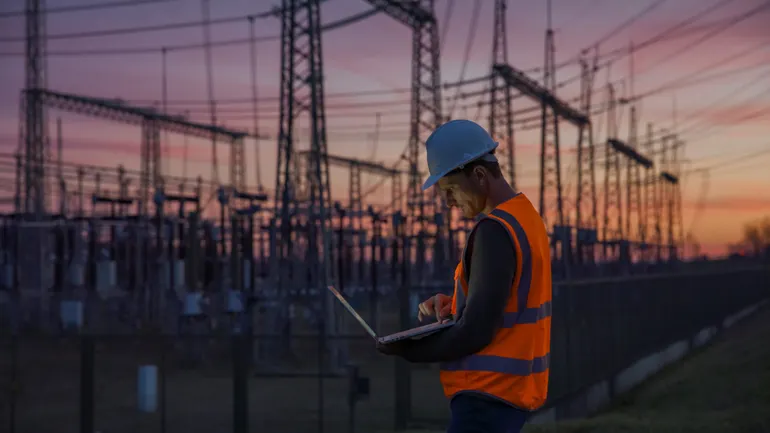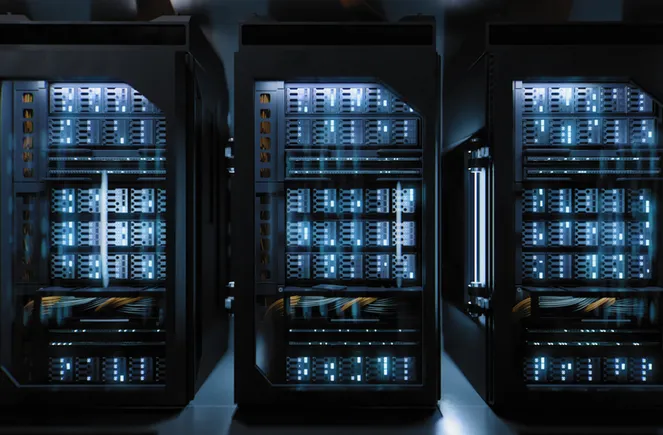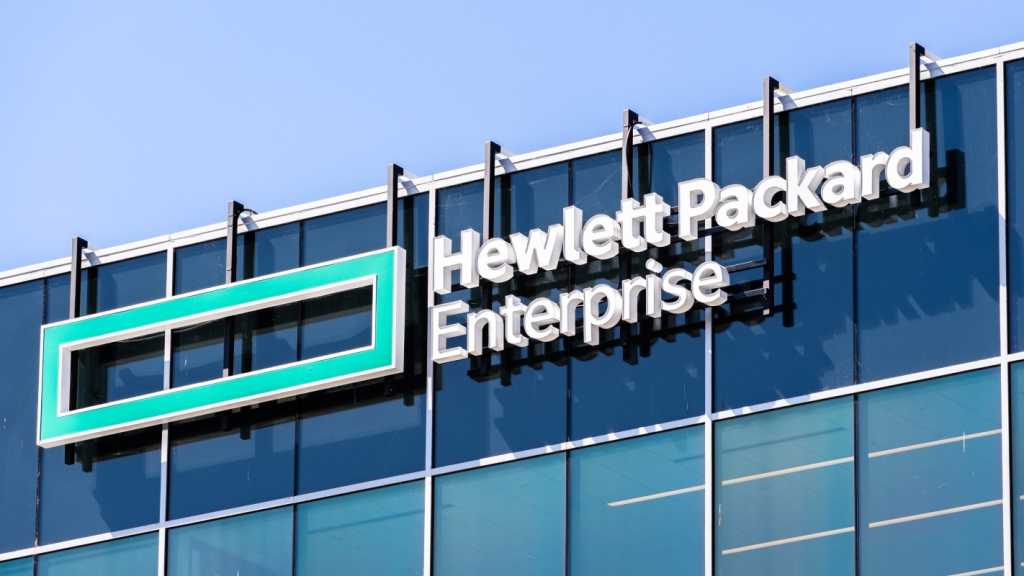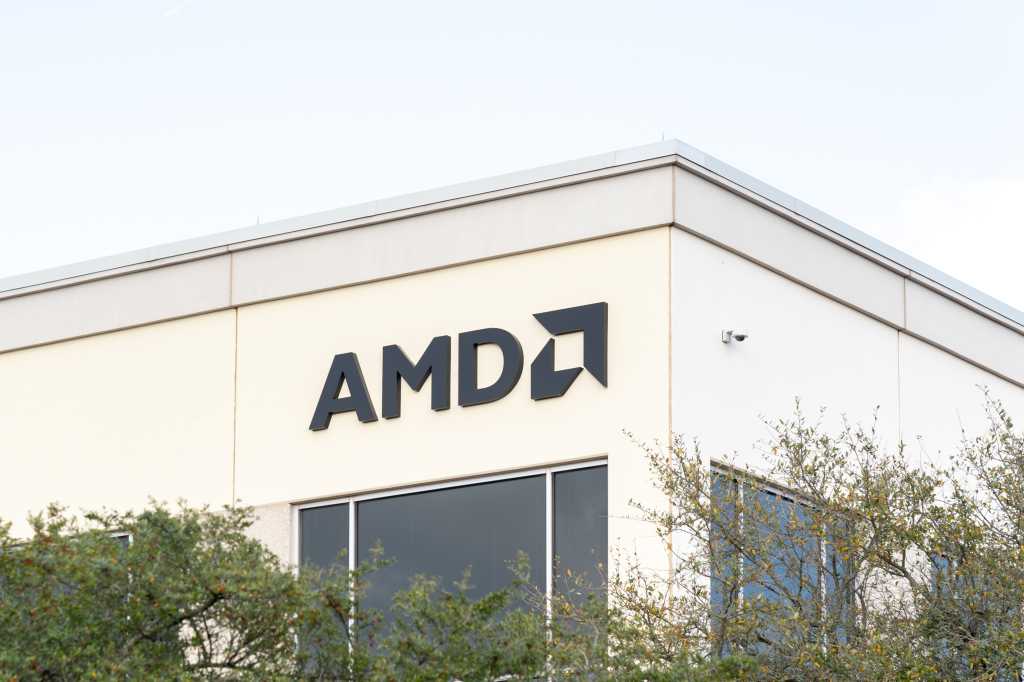
“AI workloads, especially training and archival, can absorb 10-20ms latency variance if offset by 30-40% cost savings and assured uptime,” said Gogia. “Des Moines and Richmond offer better interconnection diversity today than some saturated Tier-1 hubs.”
Contract flexibility is also crucial. Rather than traditional long-term leases, enterprises are negotiating shorter agreements with renewal options and exploring revenue-sharing arrangements tied to business performance.
Maximizing what you have
With expansion becoming more costly, enterprises are getting serious about efficiency through aggressive server consolidation, sophisticated virtualization and AI-driven optimization tools that squeeze more performance from existing space.
The companies performing best in this constrained market are focusing on optimization rather than expansion. Some embrace hybrid strategies blending existing on-premises infrastructure with strategic cloud partnerships, reducing dependence on traditional colocation while maintaining control over critical workloads.
The long wait
When might relief arrive? CBRE’s analysis shows primary markets had a record 6,350 MW under construction at year-end 2024, more than double 2023 levels. However, power capacity constraints are forcing aggressive pre-leasing and extending construction timelines to 2027 and beyond.
The implications for enterprises are stark: with construction timelines extending years due to power constraints, companies are essentially locked into current infrastructure for at least the next few years. Those adapting their strategies now will be better positioned when capacity eventually returns.

